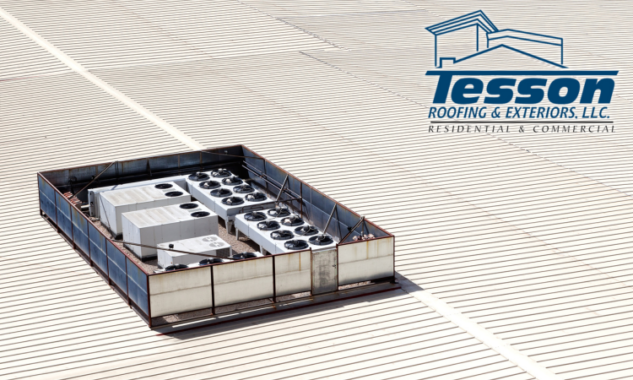The best method for roof ventilation depends on various factors, including the type of roof, climate, and local building codes. Proper roof ventilation is crucial for maintaining a healthy and long-lasting roof and for controlling indoor temperature and moisture levels. Here are some common methods for roof ventilation:

- Ridge Ventilation:
- Ridge ventilation is one of the most effective and widely used methods for roof ventilation. It involves the installation of vents along the ridge or peak of the roof. These vents allow warm, moist air to escape from the attic while drawing in cooler, fresh air from soffit or eave vents.
- Ridge vents are typically low-profile and blend in with the roofline, making them aesthetically pleasing. They work well on sloped roofs and can be used with various roofing materials.
- Soffit Ventilation:
- Soffit vents are installed in the eaves or overhangs of the roof. They allow fresh air to enter the attic space from the outside. When combined with ridge vents, soffit vents create a continuous airflow that helps regulate temperature and moisture.
- Soffit vents are a crucial component of a balanced attic ventilation system.
- Gable-End Ventilation:
- Gable-end vents are installed at the gables or triangular ends of the attic space. They allow hot air to escape from the attic and can work well in conjunction with soffit and ridge vents.
- Gable-end vents can be useful for homes with complex roof designs where ridge ventilation may not be practical.
- Static Vents:
- Static vents, such as roof louvers or turbine vents, provide ventilation without any moving parts. These vents rely on natural convection to allow hot air to rise and escape.
- While static vents are less effective than continuous ridge and soffit vents, they can still be useful in situations where other ventilation methods are not feasible.
- Power Attic Fans:
- Power attic fans are electrically powered fans installed in the attic space. They actively draw hot air out of the attic and expel it to the outside.
- While power attic fans can be effective, they should be used with caution, as they can create negative pressure in the attic, potentially drawing conditioned air from the living space into the attic. It’s essential to ensure proper balance with intake vents like soffit vents when using power fans.
- Rafter Vents or Baffles:
- Rafter vents, also known as baffles or chutes, are installed in the attic to maintain an open airflow channel between the insulation and the roof deck. They prevent insulation from blocking the soffit vents and ensure proper ventilation.
The best method for roof ventilation often involves a combination of these techniques, depending on the specific needs of your roof and attic space. A balanced ventilation system that includes intake vents (e.g., soffit vents) and exhaust vents (e.g., ridge vents) is essential for efficient ventilation. Additionally, it’s crucial to consult local building codes and work with a qualified roofing professional to ensure that the ventilation system meets all requirements and is properly installed for your specific roofing system and climate.
Have questions about roof ventilation for your home or building? Give us a call at (314) 932-1042 to get answers!
